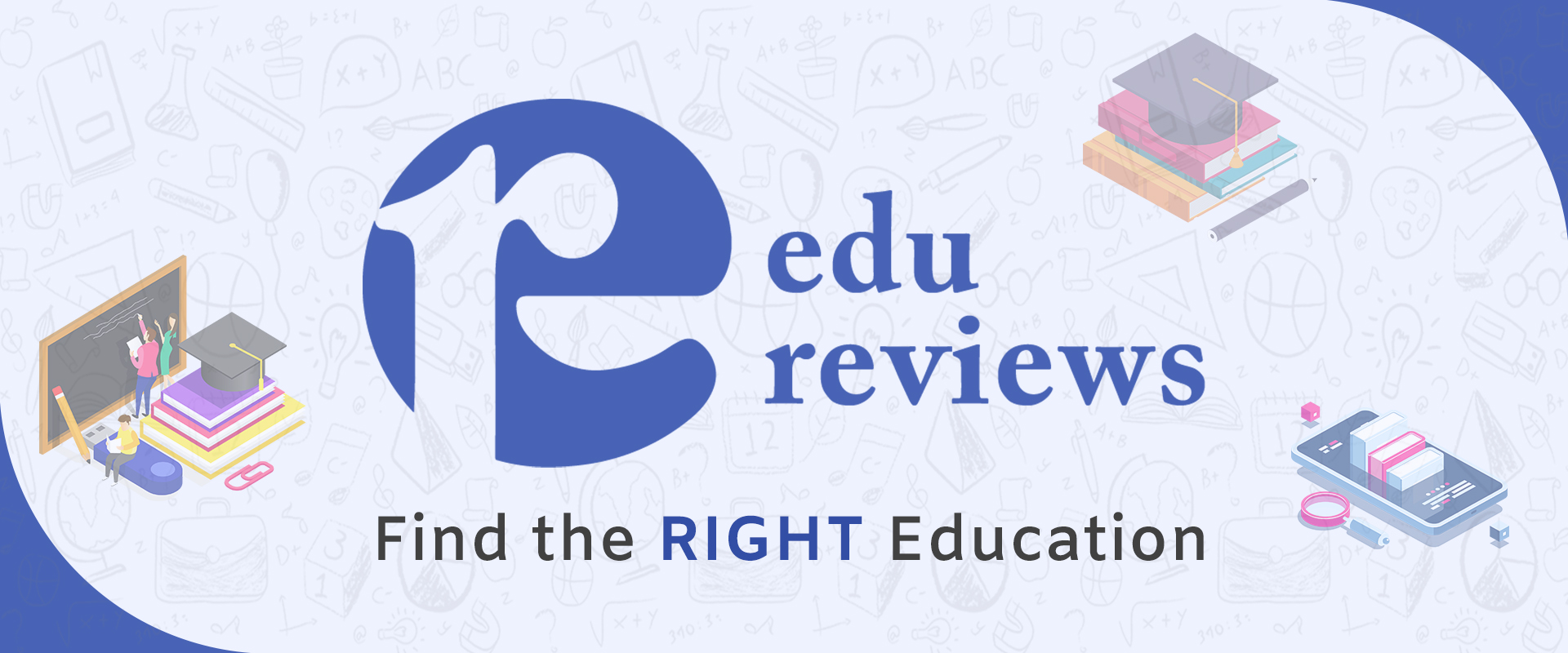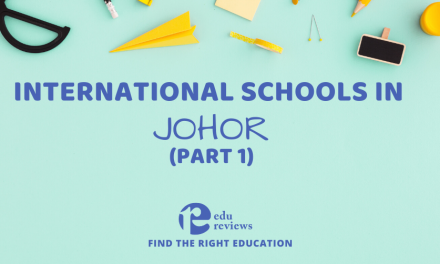Multiple Intelligences theory was first introduced by Dr Howard Gardner who realised that the traditional measure of intelligence based on I.Q tests and examinations are too narrow. He believes that sometimes when students are not showing competency in aspects like numeracy and literacy, it does not mean that these children are ‘not smart’. Rather, their intelligence might lie in other aspects. He suggested that intelligence can be viewed in 8 different ways and no one intelligence is better than the other. In fact, every child may have various level of intelligence, therefore educators and parents need to try and understand each child’s inclination and development so they can find the suitable teaching aids to facilitate the child’s learning. Below are the intelligence as theorised by Gardner:
1) Visual-Spatial Intelligence or “picture smart”
Children with good visual-spatial judgment normally excel at producing clear images in their minds and expressing what they have visualised, as they are often very observant about what is happening around them. They are sensitive to colours, very good with directions and designing or mapping two-dimensional objects to three dimensions. They enjoy activities like putting jigsaw puzzles together, drawing and painting, and they are faster at recognising the trend in graphs or charts. To gauge their interest, teachers and parents can focus more on using tools such as visual multimedia, drawings, photos, models as well as physical imageries.

2) Linguistic-Verbal Intelligence or “word smart”
One can be said to be having a good linguistic-verbal intelligence if he is demonstrating good performance and preference in speaking and writing. People with this quotient are normally great at communicating verbally with others, creating and conveying stories, they have the capacity to remember information like facts and dates, and they don’t mind sitting and reading. They find other languages fascinating, and they probably have more advanced vocabularies than their peers. Generally, these learners love word games, debating, and storytelling. The best way to engage with these “word smart” children is by incorporating word board games, tongue-twisters, poetry, flashcards, books, tape recorders and videos or songs with subtitles.

3) Logical-Mathematical Intelligence or “number/reasoning smart”
For children with logical-mathematical intelligence, their strengths lie in critical thinking, calculations, and finding relationships between numbers and shapes. When they are tasked to solve a problem, they would try to think of the most reasonable and simplest way to resolve it. They prefer something that is quantifiable as well as those that can be analysed and logically explained, hence mathematics and science might be their favourite subjects. Because these learners are able to understand numbers and concept effectively, teachers can play around with experiments, problem-solving games, science videos, abacuses, counting tools, or even have them to conduct a simple survey to see if they can explain the result of their findings.

4) Bodily-Kinesthetic Intelligence or “body smart”
Bodily-kinesthetic intelligence is the capacity of controlling gross and fine motor skills, performing coordinated movements as well as handling objects like balls, bats, racquets etc. Children with high bodily-kinesthetic intelligence may also have a good sense of timing, quick response and an edged sense of body awareness. In making the classes fun for these children, teachers can get students to dance, act out a skit, join physical activities, build a clay model, origami, or finger painting.

5) Musical Intelligence or “music smart”
When we talk about students with high musical intelligence, we are talking about those with good sensitivity to sounds, rhythms, tones, and music. They love singing and listening to music, some of them may even have the absolute pitch (i.e the ability to tell or produce a musical note by just listening to it without any reference). Teachers and parents can expose these ‘music smart’ students to musical instruments and songs, get them to write a fun rap, play musical chairs, teach them how to sing or even have them listen to a podcast and ask them what is about.

6) Interpersonal Intelligence or “people smart”
“People smart” students are generally very good at understanding the needs of others and relating to them. They can assess the mood and situation very well, hence they are empathetic and great at resolving issues and conflicts in a group setting. Because of their perceptive nature, these students often manage to build positive relationships with people around them and they can work well both as a leader and follower. They best learn through interactive activities such as discussion sessions, group activities, and debating.

7) Intrapersonal Intelligence or “self smart”
Characteristics of people with high intrapersonal intelligence include having a deep awareness of their own strengths and weaknesses and normally have high independence. Due to this introspective nature, these students are very good at controlling their emotion and reactions. They understand their own capabilities very well, hence they have a strong sense of opinions and they are good at setting goals that they can realise. For these students, teachers can get them to pen down something that is personal for them – diaries, portfolio etc.

8)Naturalistic Intelligence or “nature smart”
High naturalistic intelligence students are typically interested in topics that have connections to nature and surroundings like plants, animals and humans. They enjoy having pets around them, prefer playing out at the park rather than indoor areas, and love collecting and categorising objects like rocks or flowers. Gardner said that these “nature smart” students are highly aware of even subtle changes to their environments – let it be in terms of smell, sight or sound. Normally they would enjoy exploring the outdoors, field trips gardening, and camping, hence this might be some good approaches to attract the kids’ interests.

Merely because a child is stronger in one area of intelligence, it doesn’t mean that he or she does not possess any intelligence in other aspects. The Multiple Intelligence theory is essentially proposing that our child’s intelligence work in ranges, therefore, the best way to educate a child is by exposing them to different activities that cater to all type of intelligence. If you feel that this approach resonates with your beliefs, then you should totally check out the Multiple Intelligence pre-schools on our Edu Reviews main site.
Do click here to know more about other pre-school approaches.









